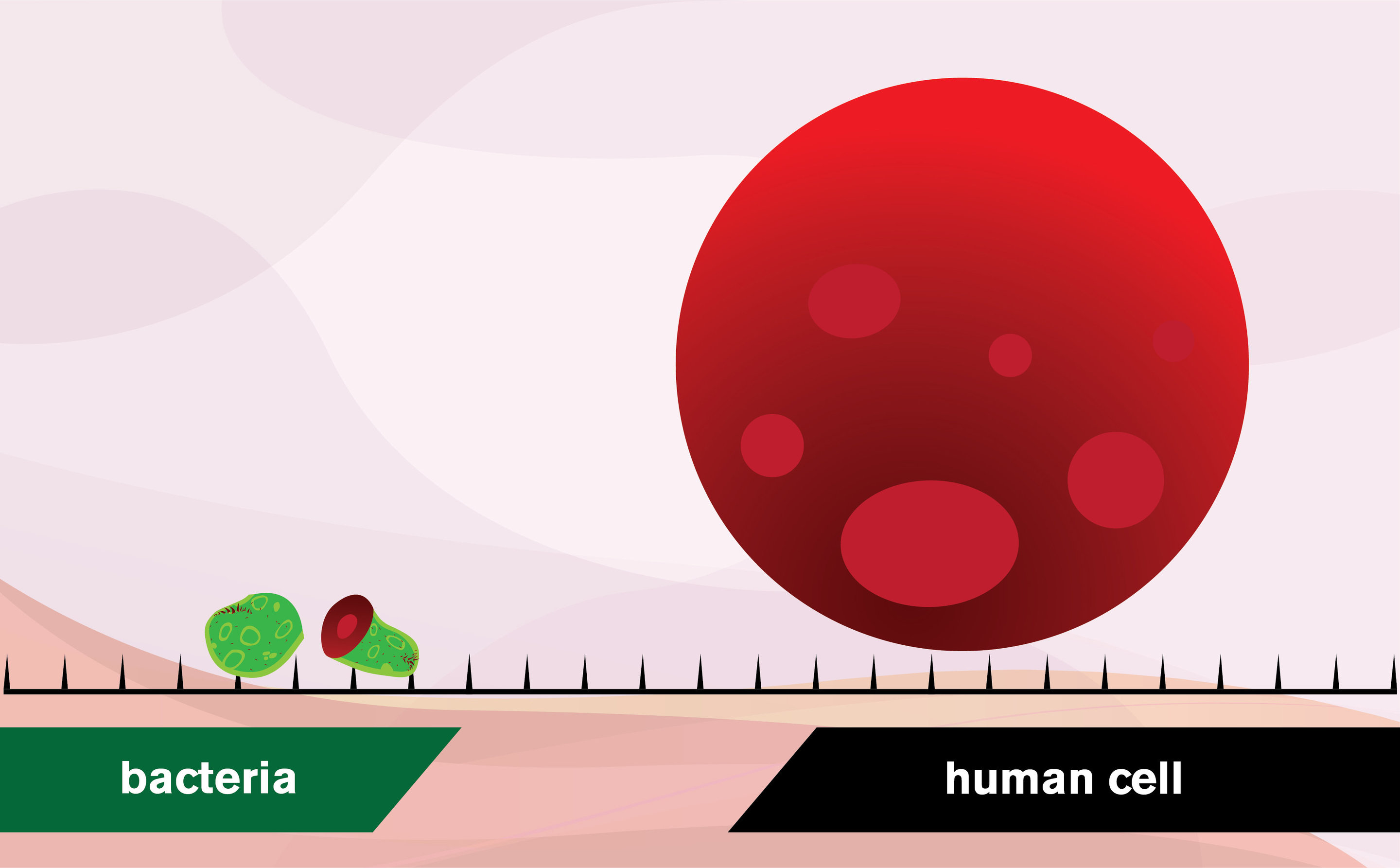
Could nano spikes become useful in our ongoing battle against unwanted bacteria? Yes, according to researchers from Chalmers in Sweden.
A tiny layer of graphene flakes becomes a deadly weapon and kills bacteria, stopping infections during procedures such as implant surgery. The spikes are constructed using a thin layer of carbon atoms, which are vertically shaped, standing, sharp flakes of graphene.
The spikes simply break when the bacteria come in contact with them and scientists now hope that the material may be useful on implants that bacteria may otherwise attach to.
“We discovered that the key parameter is to orient the graphene vertically. If it is horizontal, the bacteria are not harmed”
– Ivan Mijakovic, Professor at the Department of Biology and Biological Engineering, said to Science Daily.
According to the researchers, the study shows that the body’s own cells are less sensitive to the graphene spikes but that more research is needed. Since a bacterium is one micrometer – one-thousandth of a millimeter – in diameter, and a human cell is 25 micrometers. So, what constitutes a deadly knife attack for a bacterium, is therefore only a scratch for a human cell.
Vertical flakes of graphene are not a new invention, having existed for a few years. But the Chalmers research teams are the first to use the vertical graphene in this way. The next step for the research team will be to test the graphene flakes further, by coating implant surfaces and studying the effect on animal cells.
More research is needed to understand how the body’s own cells react to the material for longer periods. And that more different types of bacteria need to be included in future studies.
Graphene is made of carbon atoms. It is only a single atomic layer thick, and therefore the world’s thinnest material.
Reference:
Sun et al. “Vertically Aligned Graphene Coating is Bactericidal and Prevents the Formation of Bacterial Biofilms”. Advanced Materials Interfaces. February 2018. Doi.org/10.1002/admi.201701331.





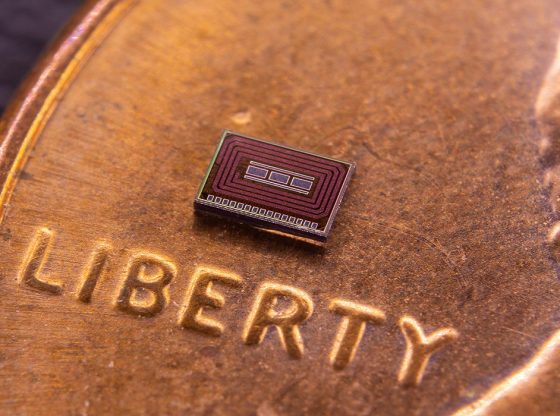
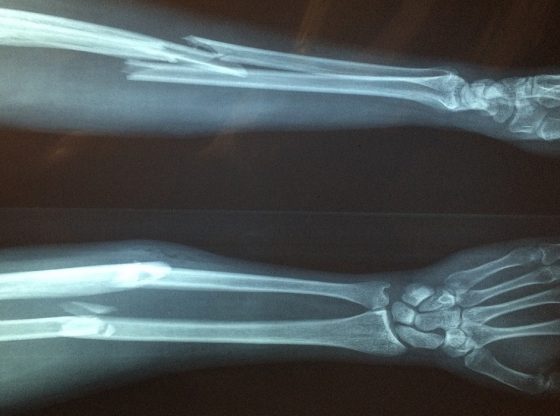

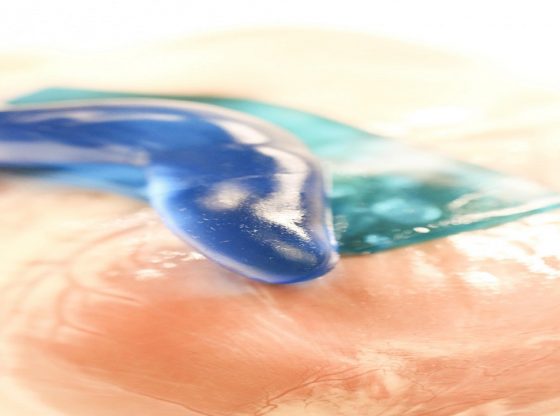
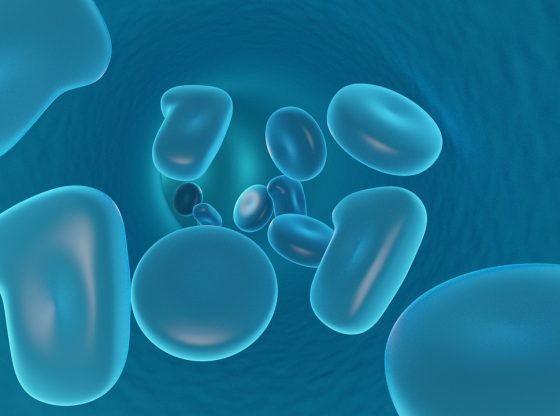
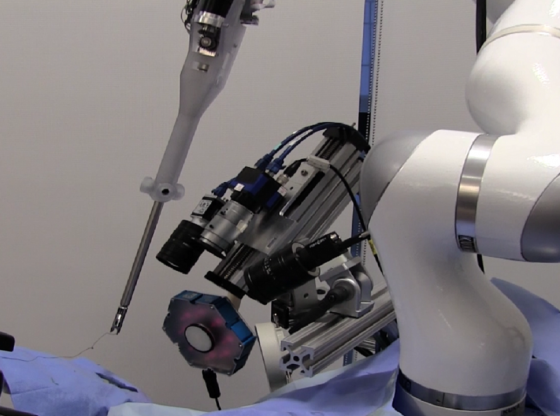
![OpenAI. (2025). ChatGPT [Large language model]. https://chatgpt.com](https://www.illustratedcuriosity.com/files/media/55136/b1b0b614-5b72-486c-901d-ff244549d67a-350x260.webp)
![OpenAI. (2025). ChatGPT [Large language model]. https://chatgpt.com](https://www.illustratedcuriosity.com/files/media/55124/79bc18fa-f616-4951-856f-cc724ad5d497-350x260.webp)
![OpenAI. (2025). ChatGPT [Large language model]. https://chatgpt.com](https://www.illustratedcuriosity.com/files/media/55099/2638a982-b4de-4913-8a1c-1479df352bf3-350x260.webp)








